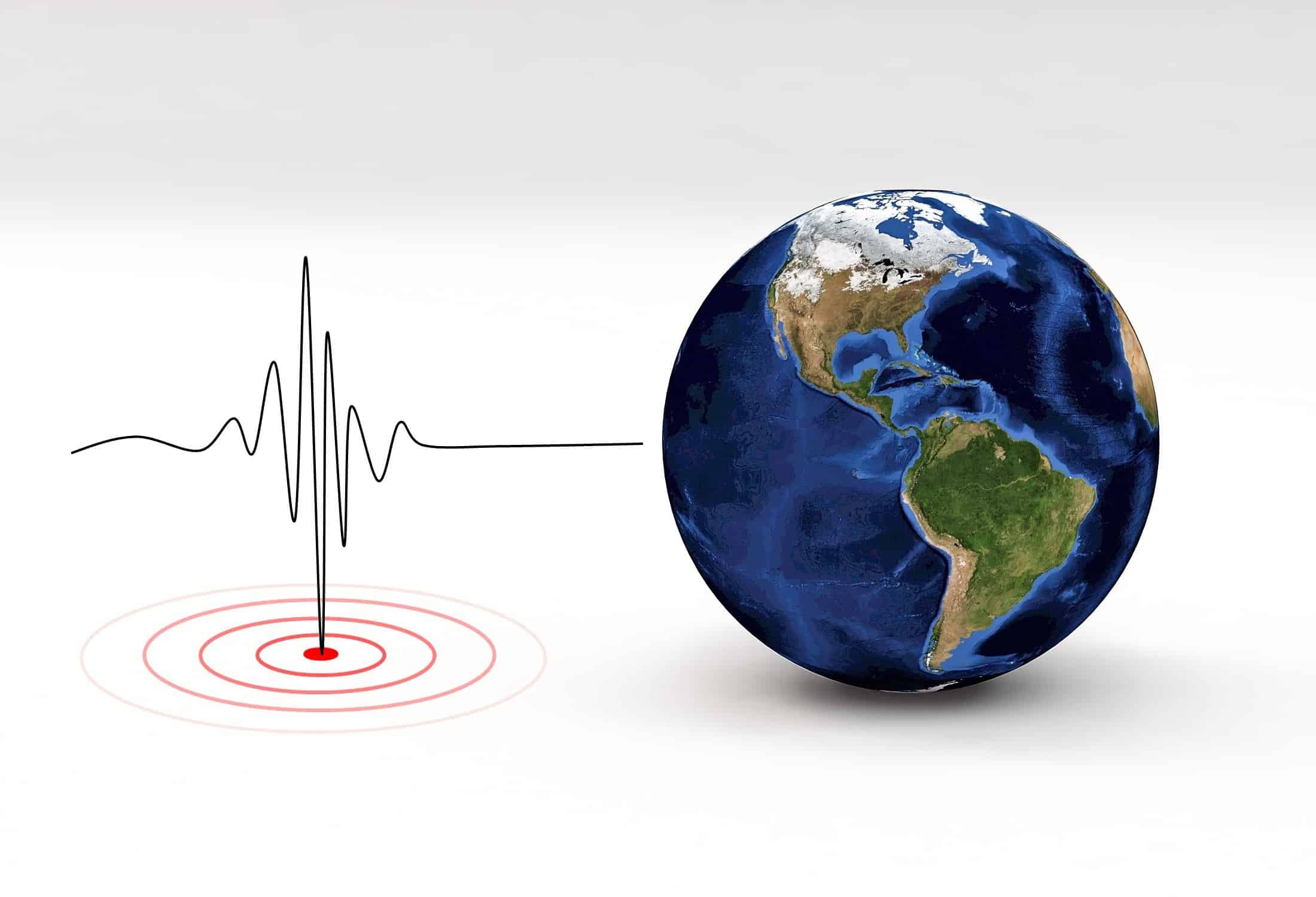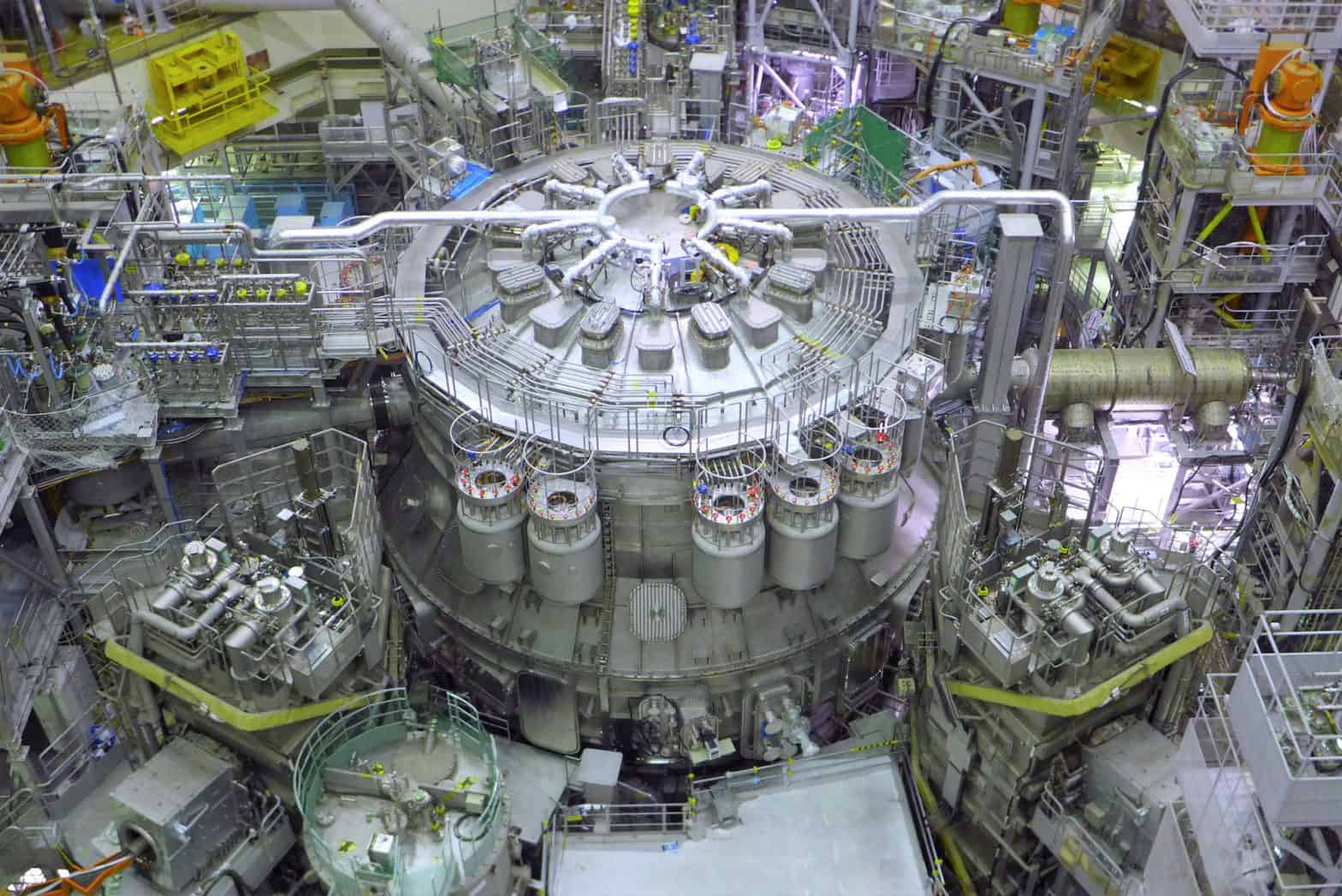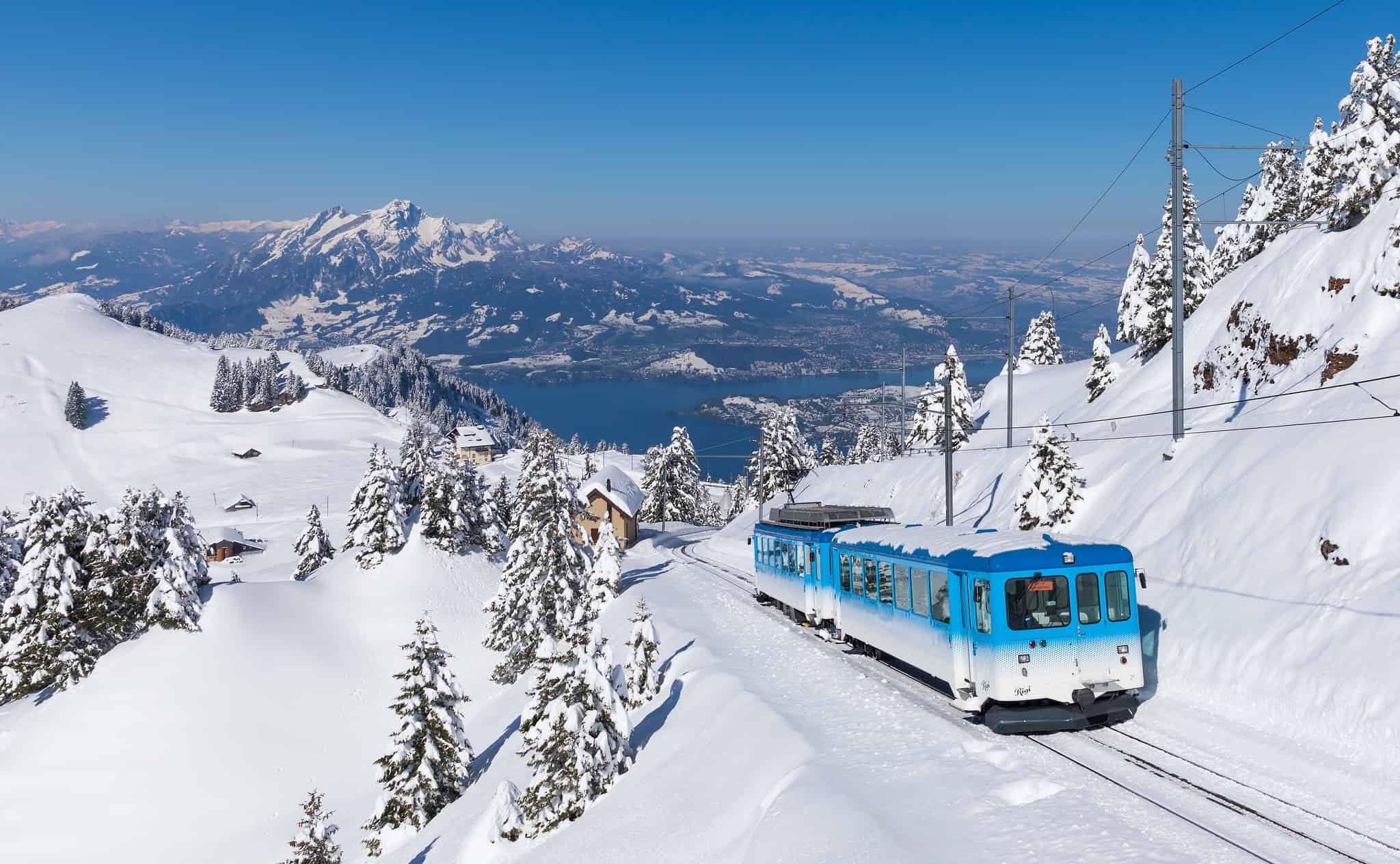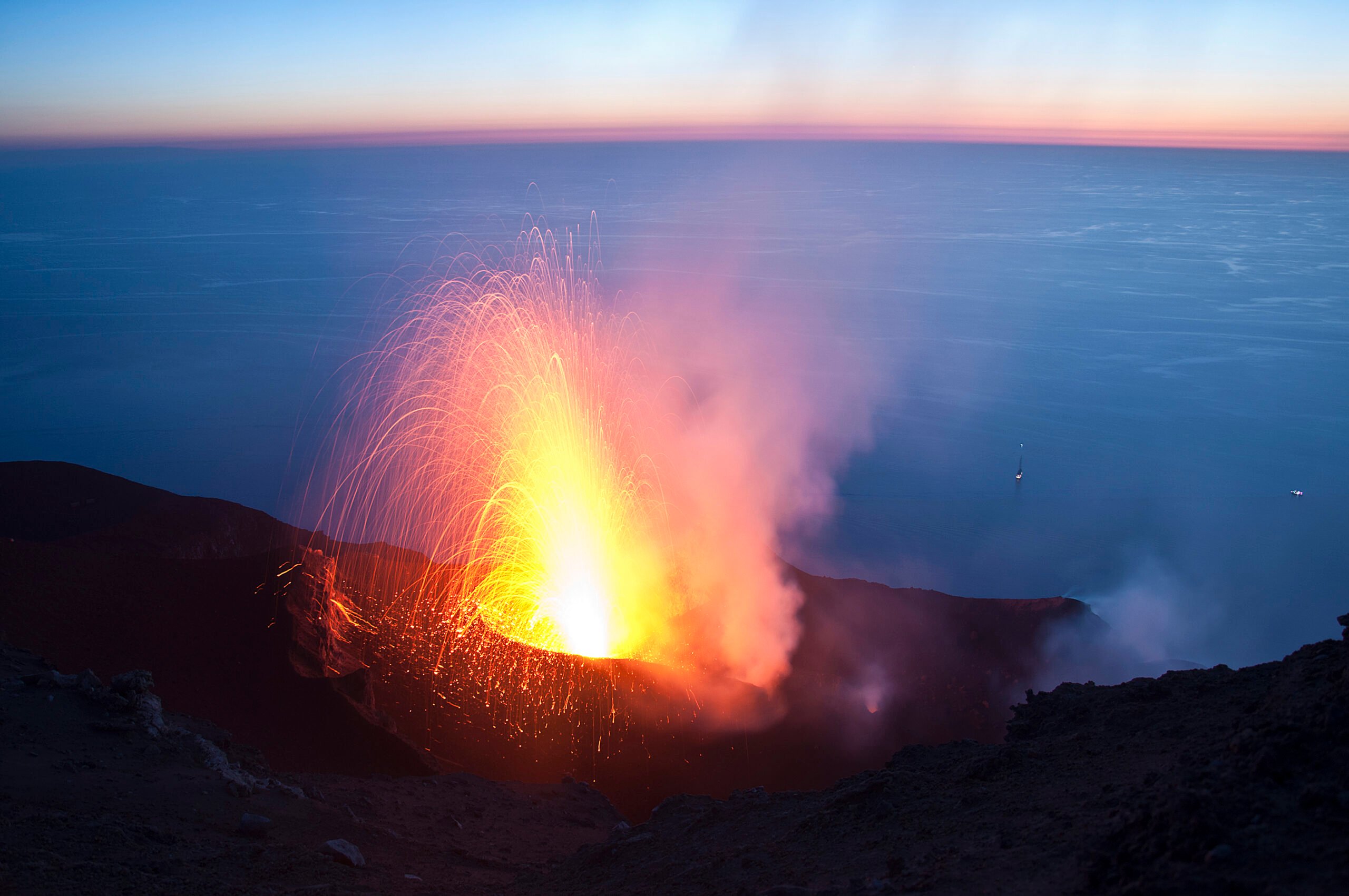
Despite all the technical advances, predicting volcanic eruptions is still difficult. Scientists can interpret signals such as increasing pressure inside, rising gases and water vapor, but eruptions are still difficult to predict even for volcanoes that are closely monitored. Questions such as why Mount Fuji in Japan did not erupt after the powerful Tohoku earthquake, or why the eruption of Eyjafjallajökul in Iceland produced so much volcanic ash remain unanswered.
Geologists and geophysicists led by Luca Caricchi, professor of geosciences at the University of Geneva’s Faculty of Natural Sciences in Switzerland, have now studied exactly what causes an eruption. Among other things, they wanted to answer the question of why some volcanoes erupt regularly while others remain inactive for millennia. To do this, the researchers pored over literature on the internal and external mechanisms that lead to a volcanic eruption. In doing so, they analyzed the thermomechanics of volcanic processes at depth and magma propagation to the surface.
Magma alone is not enough
It turned out that most of the magma rising from the depths does not actually trigger a volcanic eruption. The scientists also found that older volcanoes tend to erupt less frequently, but with larger and more dangerous eruptions. “During its journey, magma can get trapped in reservoirs within the Earth’s crust, where it may stagnate for thousands of years and potentially never erupt,” explains Meredith Townsend, a researcher in the Department of Earth Sciences at the University of Oregon, U.S. She focused on calculating the pressure needed for the magma to break up the rock around the reservoir and rise to the surface.
Eleonora Rivalta, a researcher at the Potsdam Research Center for Geosciences, Germany, and the University of Bologna, Italy, studied the spread of magma as it rises to the surface. “If it is runny enough, that is if it does not contain too many crystals, magma can rise very quickly by a sort of self-propelled fracking,” the scientist says. But if the magma crystallizes more than 50 percent, it becomes too viscous and the journey to the surface stops.
In addition, the magma could take different paths – vertical, horizontal or inclined, explains Luca Caricchi. His specialty is magma chemistry. It provides important information about the state of the magma before a volcanic eruption. “The chemistry of magma and the crystals it contains provide vital information on the sequence of events leading up to a volcanic eruption, which is valuable to interpret the monitoring signals of active volcanoes better and anticipate whether an eruption might occur.”

Magma is ready
The Japanese researcher Atsuko Namiki at the Graduate School of Environmental Studies at Nagoya University, Japan, was on the team responsible for analyzing external triggers of an eruption such as earthquakes, tides, or rain. “These alone cannot cause an eruption; the magma has to be ready and awaiting a trigger.”
For an eruption to occur, several conditions must be met simultaneously, says Luca Caricchi. Magma with less than 50 percent crystals would have to be stored in a reservoir which in turn would have overpressure. This overpressure can be created by earthquakes, for example, or by a further influx of magma. But even if this pressure rises enough to cause the magma to rise, there will not necessarily be an eruption.
Age of the volcano is important
The researchers’ analysis shows how volcanoes can change over time. “When a volcano is just starting to be active, its reservoir is rather small and the surrounding crust is relatively cold, resulting in many frequent but small and rather predictable eruptions,” Luca Caricchi explains. In old volcanoes, he says, the reservoir is larger and the surrounding rock is hotter. “When new magma is injected, it does not generate much overpressure because the rocks around the reservoir deform and the growth continues,” the geologist explains.
As an example, he cites Mt. St. Helens, which first erupted only 40,000 years ago and whose last eruption in 2008 was small and not dangerous. Toba in Indonesia is quite different. It erupted for the first time about 1.2 million years ago with a huge explosion and its last eruption 74,000 years ago was catastrophic. At that time, the entire area around the volcano was completely destroyed and the eruption had a worldwide impact on the climate.
But eventually, an accumulation of large amounts of magma will lead to large eruptions, Caricchi says. “Moreover, the warning signs are very difficult to detect because the high temperatures decrease seismic activity and the interaction between gases and magma modifies their composition, making it harder to understand what is going on underneath.” The higher the rate of magma input, the faster the volcano “ages,” he said.
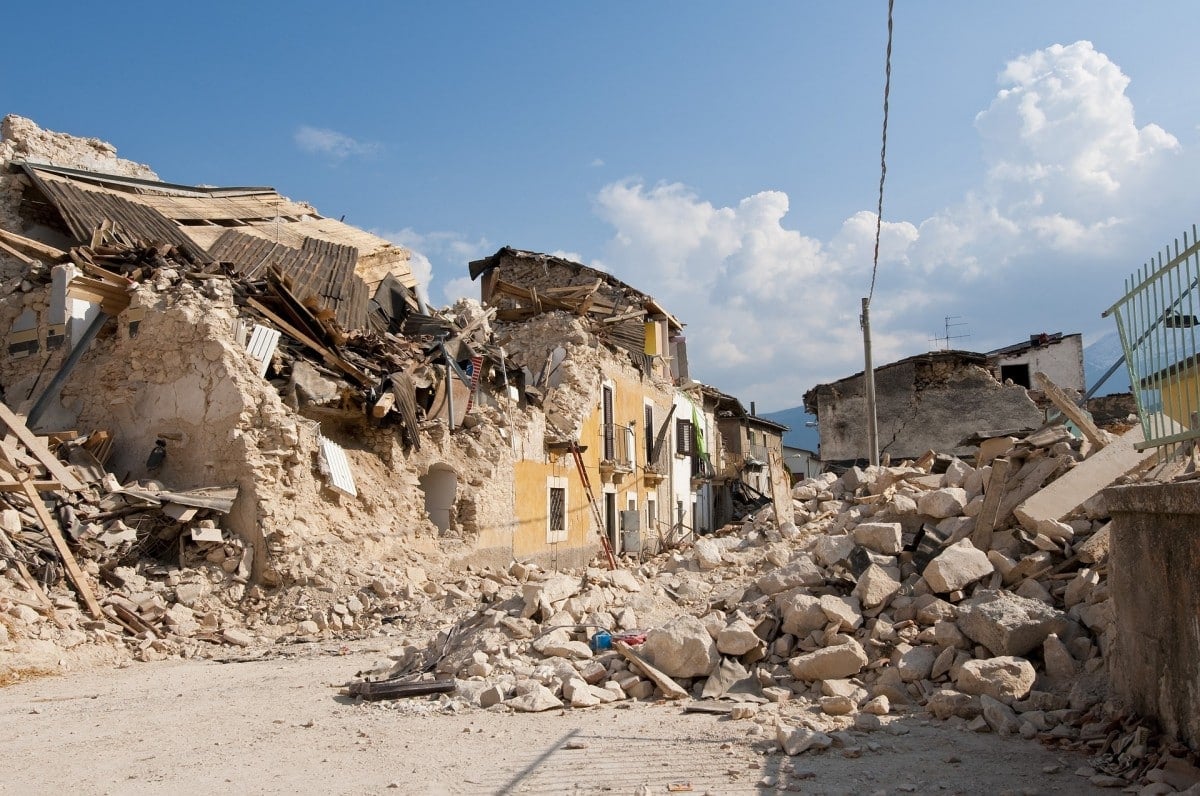
1,500 active volcanoes
The age of a volcano can be determined by analyzing the zircon in the rock. Geologists can determine what stage of life a volcano is in by knowing its age. “There are currently 1,500 active volcanoes and about 50 of them erupt each year. Knowing whether or not to evacuate the population is crucial and we hope that our study will contribute to decreasing the impact of volcanic activity on our society,” Luca Caricchi said. “Hopefully our findings will be tested on volcanoes that have been studied extensively, such as those in Italy, the U.S. and Japan, and transferred to other volcanoes for which there are less data, such as in Indonesia or South America.”
The results of the studies were published in Nature Reviews Earth and Environment. The scientists hope they can help refine models of volcanic processes to better protect the more than 800 million people who live near active volcanoes from the impact of volcanic eruptions.


